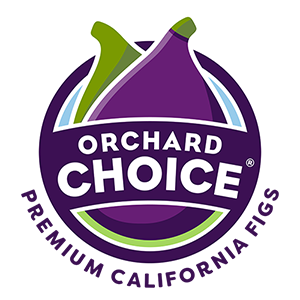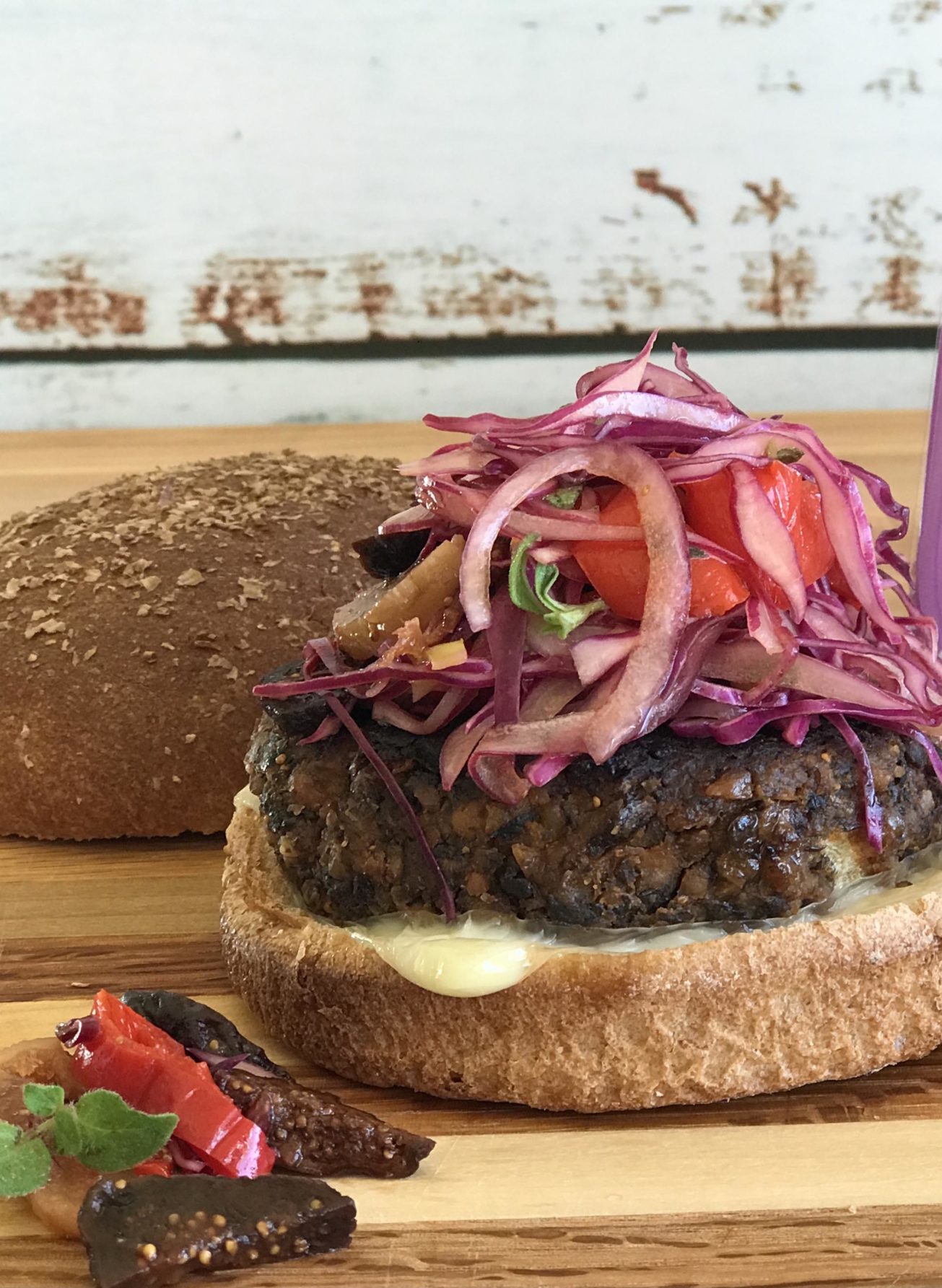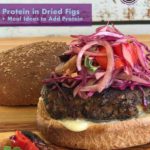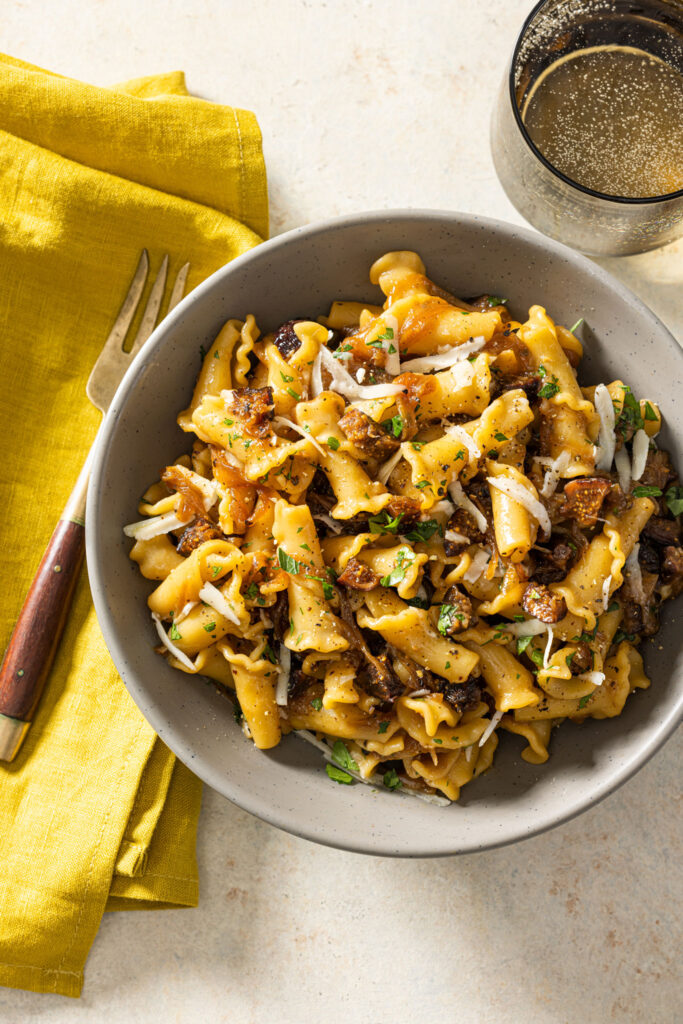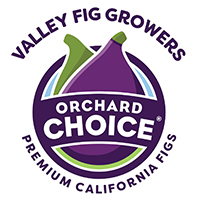We chatter about fat and carbohydrate, but Americans are preoccupied with protein. It’s no surprise – protein is associated with positive outcomes like health, strength and performance. The word “protein” comes from the Greek “proteios” which means “first place.” And, protein in dried figs or protein in figs is something to add to the conversation.
Plant protein is a hot sub-category of the protein craze, driven by interest in protecting health and the environment. Plant-based products are flooding the market and people are eager to try them, especially meat and dairy alternatives.
Questions arise. Am I getting enough protein? Is plant protein as nutritious as animal protein? How can I think about adding protein in dried figs into my day? Let’s unpack what you need to know.

What is Protein?
An essential nutrient, protein is a component of muscles and all cells of the body. Proteins help blood clot, transport oxygen, iron, fat and nutrients throughout the body and are essential to maintain the body’s acid-base balance, blood volume and blood pressure. The body will use protein as a source of energy, too, if there is not enough carbohydrate or fat available.
Proteins are long, complex chains of amino acids that are broken down into individual units during digestion. The body uses this pool of amino acids to repair and build new cells and tissues. Twenty amino acid “building blocks” are needed; nine are essential to get via the diet, the others can be made in the body. (Some amino acids are “conditionally essential,” needed in the diet under certain conditions.)
What Foods Contain Protein?
Protein is found in a wide variety of plant and animal foods. Most people can meet their protein needs with food and do not need supplements.
| PROTEIN SOURCE | SERVING SIZE | APPROXIMATE GRAMS OF PROTEIN |
| Cooked poultry, meat or fish | 3 ounces (size of a deck of cards) | 17-24 |
| Cooked legumes (beans, peas, lentils) | 1 cup | 14-18 |
| Mixed Nuts | ¼ cup | 6 |
| Seeds (pumpkin, sunflower) | ¼ cup | 6-8 |
| Eggs | 2 | 12 |
| Cow’s milk or soy milk | 1 cup | 7-8 |
| Greek yogurt or cottage cheese | 1 cup | 21-24 |
| Tofu | 1 cup (8 oz) | 28 |
| Quinoa | 1 cup | 8 |
| Green peas, cooked | 1 cup | 8 |
| English muffin, 100% whole wheat | 1 | 6 |
| Spinach, cooked | 1 cup | 5 |
What is the protein in dried figs
A serving of figs (4-5 figs or 40 g) has 1 g of protein. That’s not a big contribution to our daily protein needs, however figs are a perfect partner for protein-rich foods. Figs supply carbohydrates that fuel metabolism in the body and “spare” protein so it is used to build and repair tissues, along with dietary fiber and key vitamins and minerals.
Check out the tips and recipe suggestions at the end of this article to see how figs contribute to tasty meals and snacks with a balance of protein and other nutrients.
Are Plant Proteins as Nutritious as Animal Proteins?
Animal-proteins are efficient, concentrated sources of protein because they contain all 9 essential amino acids in appropriate amounts for protein building. Some plants have complete amino acid profiles too, such as soy, quinoa, chia seeds and buckwheat, but most are low in at least one essential amino acid. You can get all the essential amino acids you need by eating a variety of whole plant foods like nuts, seeds, legumes, and whole grains throughout the day. You don’t need to eat them at the same meal as was once thought. Well-planned vegan and vegetarian diets can be healthful for people of all life stages and activity levels. These plant-based diets tend to be low in saturated fat and rich in dietary fiber, vitamins, minerals, and phytonutrients. They offer health benefits, including a reduced risk of chronic diseases such as heart disease, type 2 diabetes, certain cancers, high blood pressure and obesity.
The latest Dietary Guidelines for Americans (DGA) recommend that American diets, with or without animal-based foods, should include more plants to better meet nutrient needs and improve health.
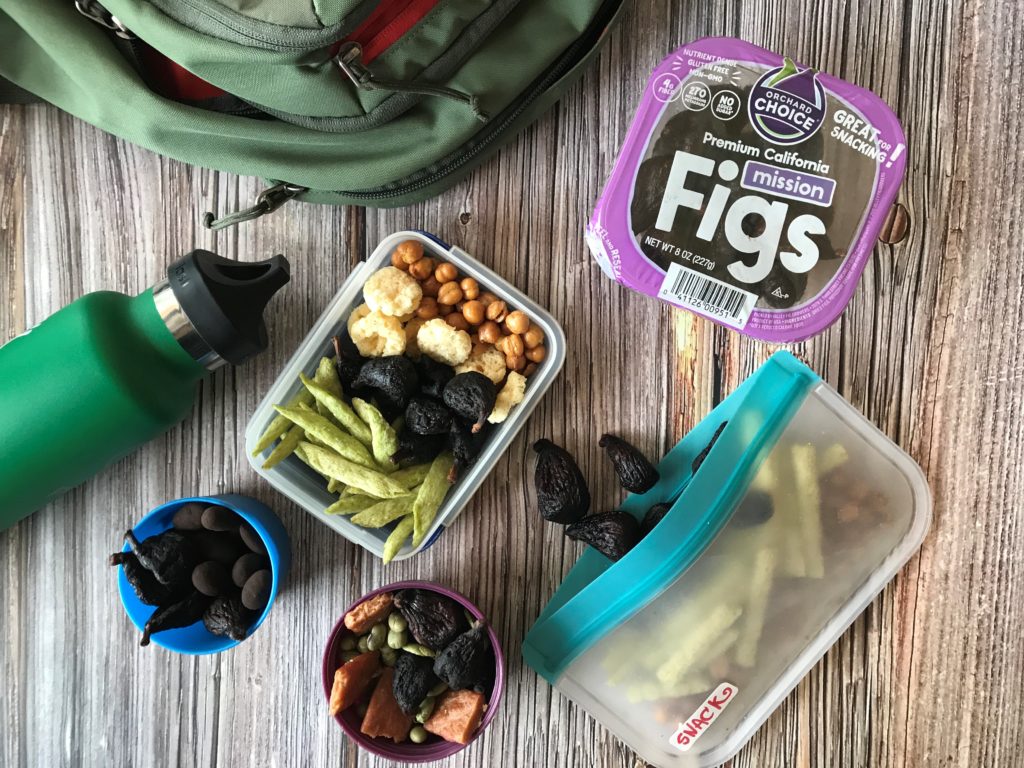
Am I Getting Enough Protein?
Surveys show that most Americans (60% to 85%) meet or exceed dietary recommendations for protein. Teenage girls and adults over the age of 71 are groups that commonly fall short.
The Recommended Dietary Allowance (RDA) for protein for healthy adults is 0.8 grams (g) per kilogram (2.2 pounds) of body weight. That works out to about 10% of total calories (3).
| Body Weight (lb.) | Protein (g) RDA for Adults |
| 126 | 46 |
| 154 | 56 |
| 200 | 72 |
The RDA is based on body weight for healthy, sedentary individuals. Protein needs increase during periods of growth, for pregnant and nursing women, certain medical conditions and people engaging in frequent exercise, especially muscle building exercise, and athletes.
Some experts say the RDA is a minimum requirement and optimal amounts range from 1.0 to 1.2 grams/kilogram (kg) and perhaps more, up to 2 g/kg, for athletes. Exercise breaks muscles down and you need dietary protein to repair the damage and build new muscle. Some studies show older adults need more protein (1.0 to 1.2 g/kg/day) than their younger counterparts to build and maintain muscle mass and improve functional strength, important to prevent falls and enjoy activities of daily living.
Can You Get Too Much Protein?
Over-focusing on protein-rich foods can result in under-consuming other healthful foods. While the exact amounts are debated, we need a balance of macronutrients – protein, fat and carbohydrate and micronutrients – vitamins, minerals and phytochemicals that are found in whole, minimally processed foods.
Ninety percent of Americans don’t meet veggie recommendations, 80% miss out on fruits and almost all of us need to eat more whole grains and fewer refined and sugary grain products. Many can benefit from changing the types of fat we eat to include fewer solid and saturated fats and more oils found in nuts, avocado, seeds, some seafood and liquid oils which provide essential fatty acids.
The Acceptable Macronutrient Distribution Range (AMDR) is a guide to planning eating patterns with enough protein, fat and carbohydrate to provide essential nutrients and reduce the risk of chronic diseases.
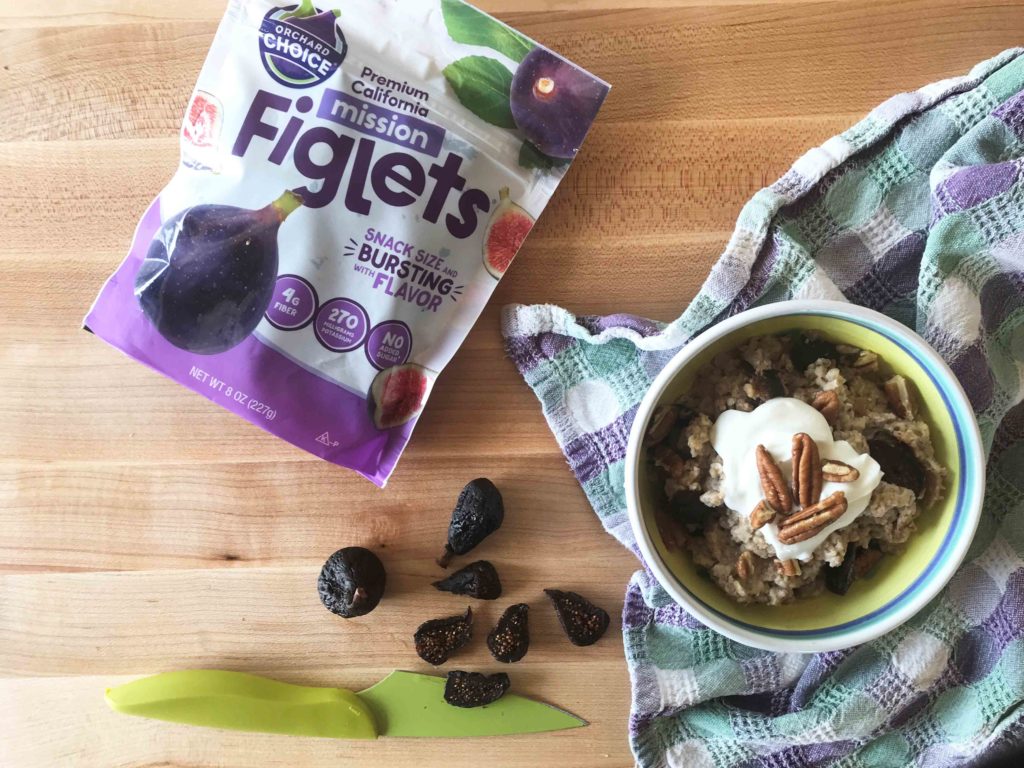
Acceptable Macronutrient Range for Adults Aged 19 and Over
| PROTEIN | FAT (AND OILS) | CARBOHYDRATES |
| 10% to 35% of total calories | 20%-35% of total calories | 45% -65% of total calories |
Higher protein diets that fall within the AMDR are generally safe for healthy people however they may not be appropriate for people with impaired kidney function.
Why Vary Protein Sources?
Many people get plenty of protein but could benefit from eating a greater variety of protein-rich foods. According to the DGA, 75% of Americans meet or exceed recommendations for meat, poultry and eggs but most don’t meet recommendations from the different subgroups of protein foods, each of which contribute an array of nutrients. For example, seafood offers omega-three fats and plant proteins pack in dietary fiber.
Does It Matter When I Eat Protein?
The body does not store protein so spreading your intake throughout the day best supports ongoing protein synthesis. The typical American diet includes little protein at breakfast, more at lunch and most at dinner. A better approach is to aim for 20 to 30 grams of protein at each meal. A snack, balanced with protein and carbohydrates, can help jump-start muscle building and recovery after a vigorous strength training exercise. While the body can digest more than 30 grams of protein at a time, there is a limit on how much can be utilized. Excess protein will be used for energy or converted to fat.
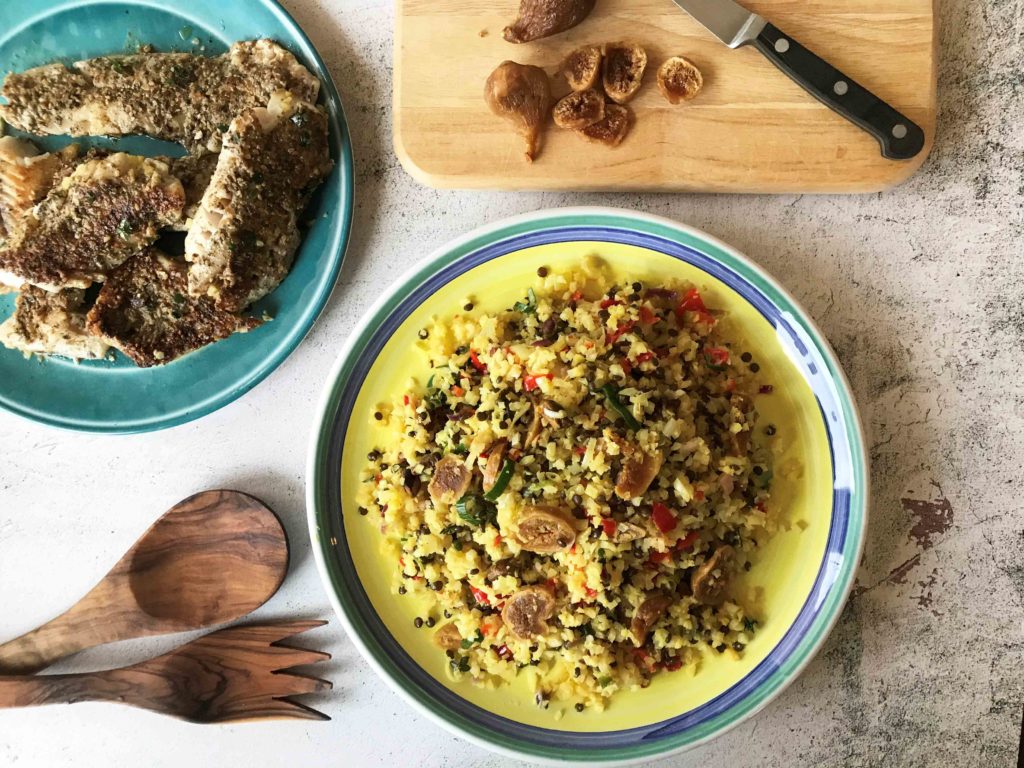
Will a High Protein Diet Help Me Lose Weight?
It might. Here’s how: Protein takes longer to digest, and the process requires slightly more calories compared to carbohydrates and fat. Higher protein diets may help with satiety, helping people feel full longer, and protein has been shown to have a beneficial effect on the hormones that regulate appetite. Another benefit is that nutrient-balanced higher protein diets, can preserve muscle mass when calories are reduced.
Be aware that most of the research on higher protein weight-loss diets show short-term results; more research is needed to see if the weight loss is maintained after a year or longer. Many factors beyond hunger and appetite influence food intake and our ability to maintain weight loss. There is no agreed-upon definition of a high protein diet. Plans vary and they may or may not be appropriate for you.
Does Protein Help Build Muscle?
You need exercise, particularly strength-training exercises, along with a healthful diet, to stimulate muscle protein synthesis, and maintain muscles and strength. Find general physical activity guidelines for Americans at health.gov and contact your health care provider about an exercise plan that is right for you.
Protein in Dried Figs: Where Do Figs Fit?
Recognition of figs for health and fitness goes back thousands of years. The Romans considered figs restorative, increasing strength in the young and preserving health in the elderly. Early Olympic athletes used figs as a training food and presented figs to winners, making them the first Olympic “medal.”
Action Steps—Take It to the Plate
To summarize.
- Mix it Up Consume a variety of protein-rich foods to boost nutrients. A couple times a week, swap meat, poultry, or egg-based meals for ones with seafood, beans, lentils, dried peas, soy, or low-fat dairy.
- Move it Forward The body does not store protein, so it helps to spread protein intake throughout the day. Think about adding protein at breakfast and lunch. Aim for 20 to 30 grams of protein per meal.
- Plate Your Protein with Plants Pair your proteins with fruits, vegetables, and whole grains for a complete package of micro- and macro-nutrients.
- Snack Smart Americans love snacks so much they’ve been called the 4th meal. Over half of Americans snack at least once each day. Plan snacks that feed your craving, pack in nutrients, provide sustained energy, and curb hunger until your next eating occasion. That means combining protein, with fiber-rich carbohydrates like Orchard Choice or Sun-Maid California Dried Figs, and fat.
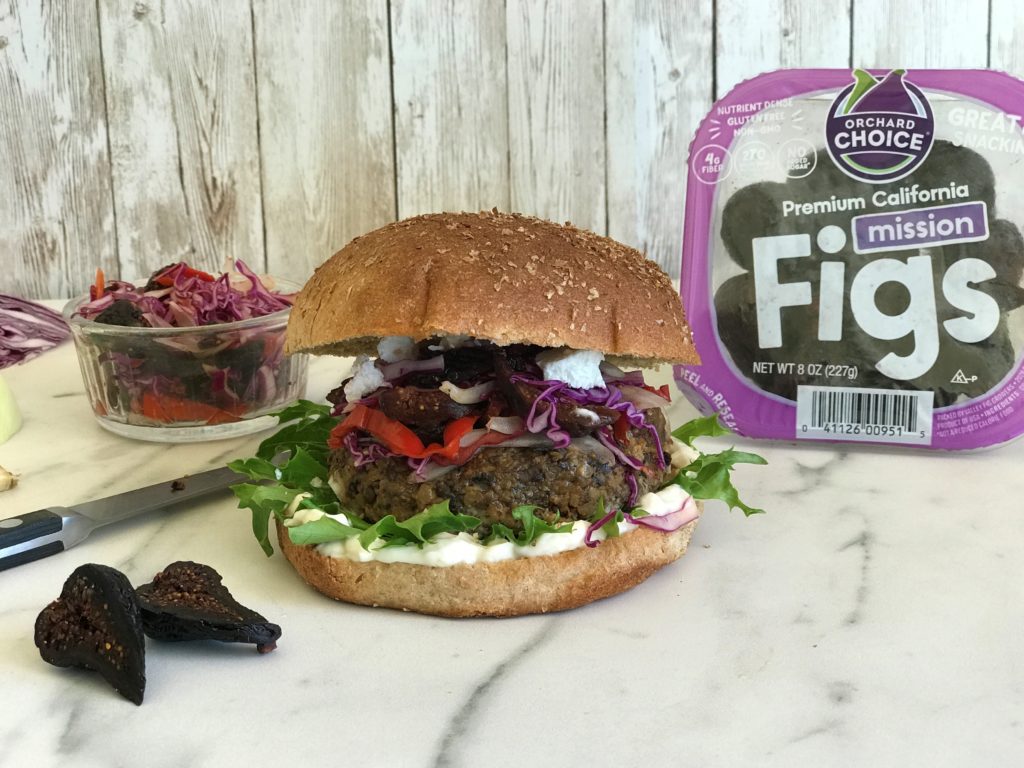
Protein in Dried Figs: Meal Examples
Start your day with a trendy breakfast salad or protein-packed warm oatmeal – both rich in protein and balanced with healthful carbohydrates and fats.
Breakfast Salad with Figs
This 30-gram protein breakfast contains all five food groups. Mix baby greens, fresh pea shoots, edamame, roasted almonds, an egg, cheese, radishes, California Dried Figs and croutons made with a toasted whole grain English muffin. This meal is an excellent source of dietary fiber, calcium, iron and potassium.
Two-Minute Oats with Cinnamon, Figs and Pecans
This warm, comfort-food breakfast, naturally sweetened with California Dried Figs, has 22 grams of protein, maximizing the protein in figs. It is an excellent source of dietary fiber and calcium and a good source of potassium and iron. In a 4-cup microwave-safe bowl, whisk together 1 egg, ½ cup milk (dairy or plant-based), ¼ teaspoon ground cinnamon and a pinch of salt. Stir in ¼ cup sliced or diced California Dried Figs and 1/3 cup quick oats. Microwave on high for 1 ½ to 2 minutes, until cooked. Stir. Top with ¼ cup Greek yogurt and pecans.
Choose -Your-Adventure Trail Mix
Whether you’re hitting the trail or looking for a work-day pick-me-up, build a healthy snack with choices that balance protein with healthful carbs and fats such as:
*California Dried Figs or Figlets * cocoa-dusted almonds *baked snap peas *roasted chickpeas, * roasted edamame * crunchy cheese bites (dried) *nuggets of your favorite jerky – salmon, veggie, or turkey.
Cauliflower “Rice” Pilaf with Figs, Turmeric and Pistachios
Have fun with fish, served on cauliflower “rice” pilaf. Sauté riced cauliflower with California Dried Figs, onion, garlic, and bell pepper. Season with ground turmeric and top with pistachios. The rockfish in this picture is coated with za’atar and sesame seeds and lightly sautéed in olive oil.
Your Favorite Burger with Fresh Red Cabbage, Fig and Bell Pepper Slaw
- Pick your favorite protein-rich burger and pile on a slaw made with slivered California Dried Figs, red cabbage, jarred roasted red peppers, sweet or red onion, chopped herbs, a pinch of salt and a splash of lime juice. Add crumbled feta cheese and serve on a whole grain bun.
Need more information? check out How Much Protein Should I Eat? or MyPlate for guides to food choices that the nutrient needs for people of all ages.
